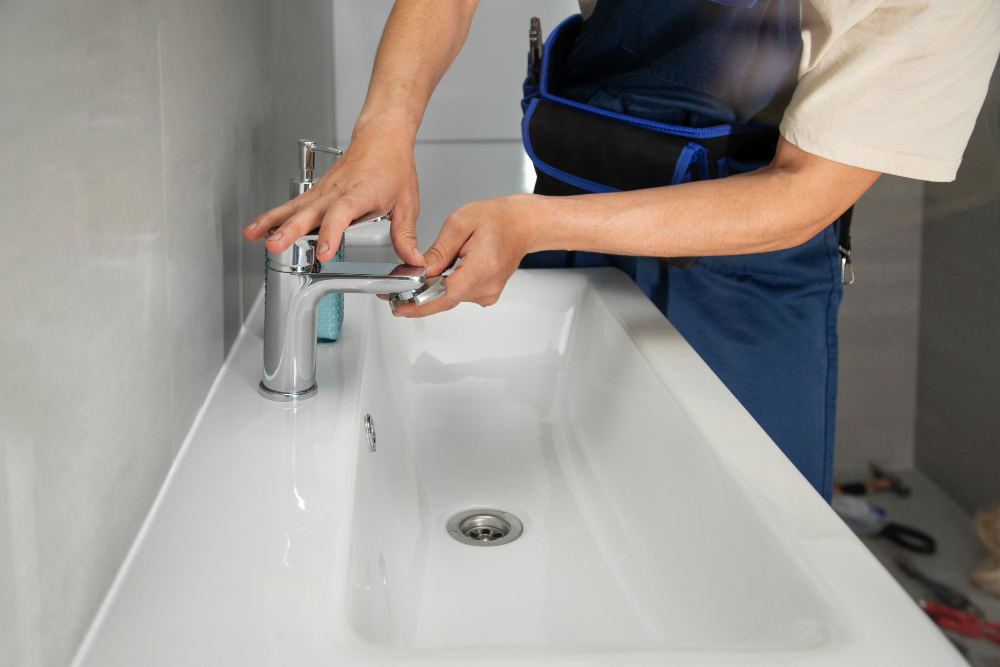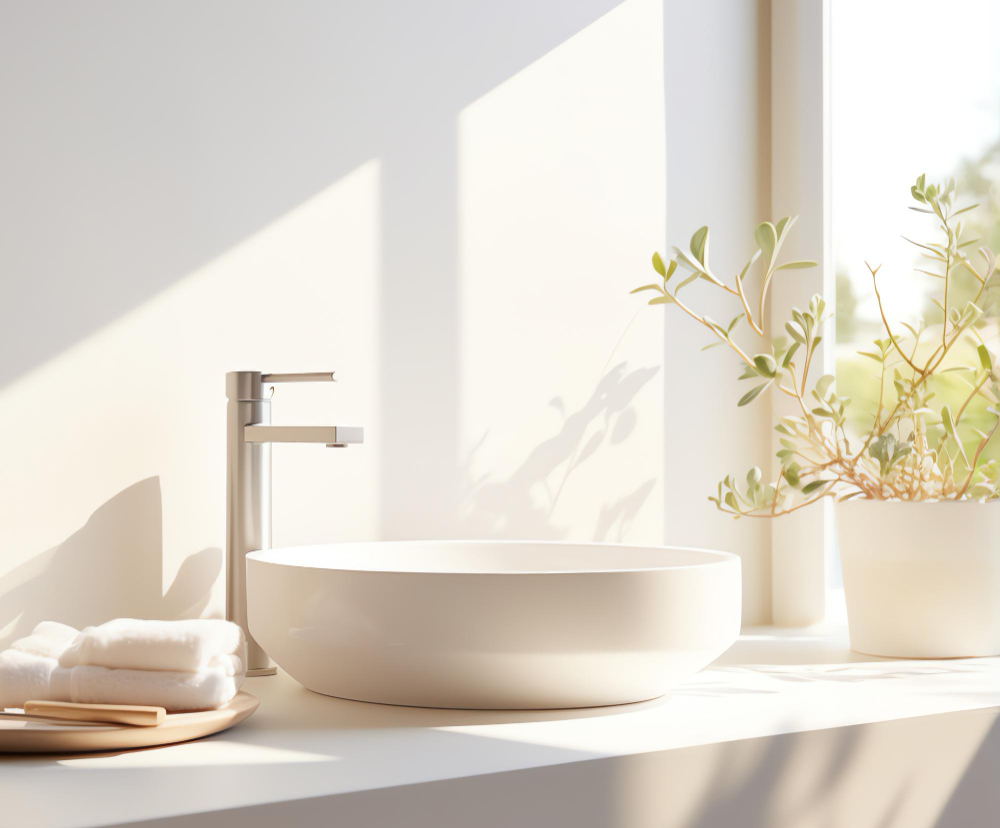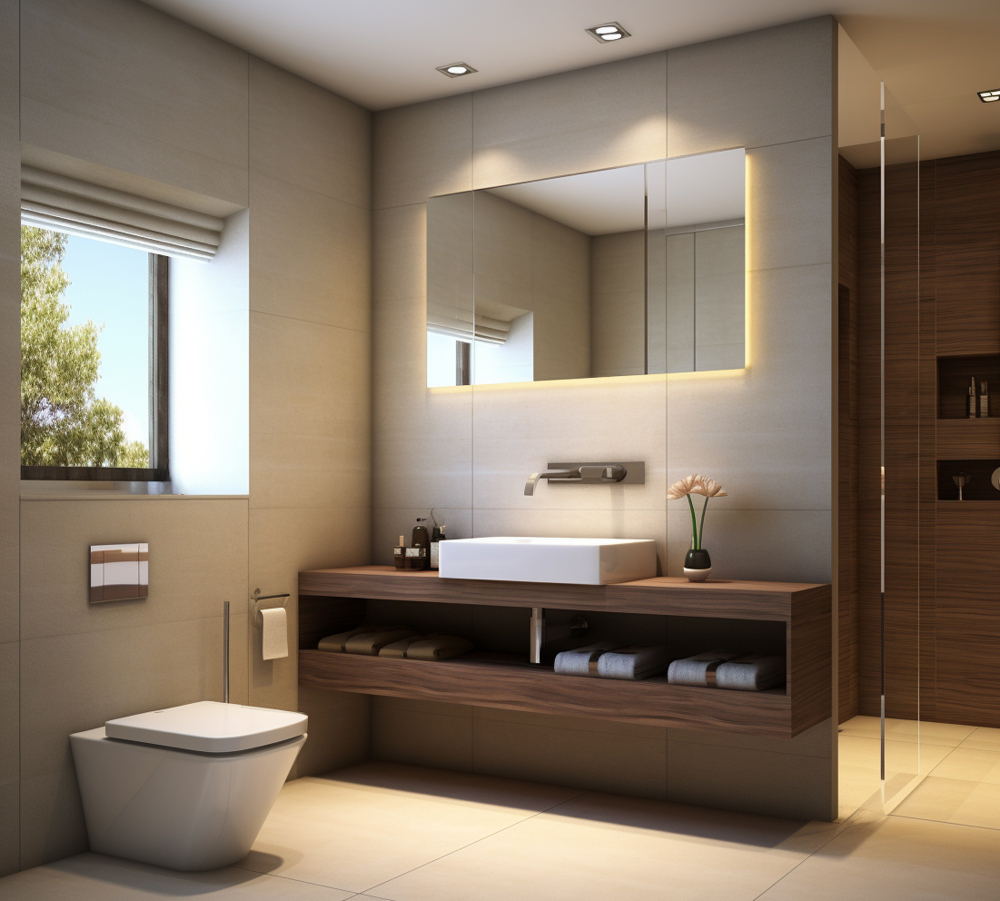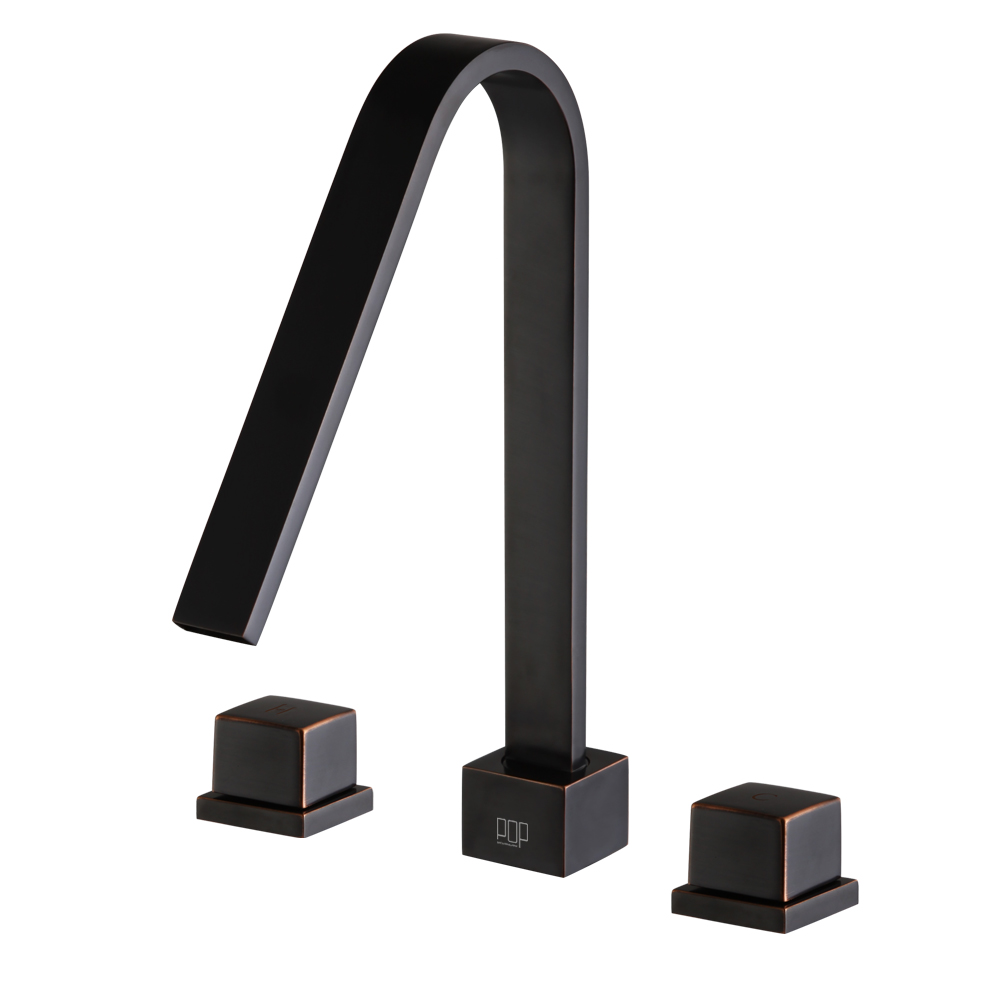
Ever tried washing your hands with a trickle instead of a stream? Frustrating, isn’t it?
A bathroom sink with a low water supply or pressure can turn the simplest tasks into an aggravating experience.
Whether you’re facing a feeble flow or an annoying dribble, fear not – we’ve got practical solutions to transform your lackluster sink into a refreshing oasis.
Let’s dive into the common woes and remedies for reviving the vitality of your bathroom sink’s water performance.
Table of Contents
ToggleWhat Water Pressure is Needed for a Bathtub Faucet With Sprayer
The necessary water pressure for a bathtub faucet equipped with a sprayer can differ, with a typical minimum requirement falling in the range of 0.5 to 1.0 pounds per square inch (psi).
For instance, a Roman bathtub faucet featuring a sprayer might specify a minimum water pressure of 0.5 psi.
To guarantee optimal performance, it’s crucial to review the manufacturer’s specifications for the particular bathtub faucet you’re interested in, ensuring that your water system aligns with the specified requirements.
Recommended Water Pressure for a Bathtub Faucet with Sprayer
The suggested water pressure for a bathtub faucet featuring a sprayer may differ but typically falls within the range of 0.5 to 1.0 pounds per square inch (psi).
As an illustration, a Roman bathtub faucet with a sprayer might specify a minimum water pressure requirement of 0.5 psi.
Checking the manufacturer’s specifications for the particular bathtub faucet you’re eyeing is crucial to ensure your water system aligns with the requirements for top-notch performance.
No Water Pressure in Bathroom Faucet? Try This Solution!
Whether you’re concerned about how to lower water pressure in the house, how to fix water pressure in bathroom sink, or if your bathroom faucet is giving you zero water pressure, here’s a step-by-step guide to troubleshoot and fix the issue:
Step 1: Check the Water Supply: Confirm that the water supply is turned on, and inspect pipes and connections for any leaks.
Step 2: Clean the Aerator: Low water pressure could be due to debris or mineral buildup in the aerator. Remove the aerator, soak it in a mix of equal parts white vinegar and water for a few hours, and then rinse thoroughly.
Step 3: Adjust Angle Stops: Partially closed angle stops under the sink can lead to reduced pressure. Locate them and adjust as needed.
Step 4: Inspect for Leaks: Place a clean paper towel under the sink plumbing to detect any leaks. A wet paper towel indicates a leak that requires attention.
Step 5: Check the Cartridge: Clogged cartridges contribute to low water pressure. Remove the cartridge under the sink handle and clean if necessary.
Step 6: Test Water Pressure: If the issue persists, use a pressure gauge or observe water flow in the shower when other fixtures are in use to test water pressure.
If these steps don’t solve the problem, it’s time to call in a professional plumber for further assistance.
How to Increase Water Pressure in Bathtub Faucet?
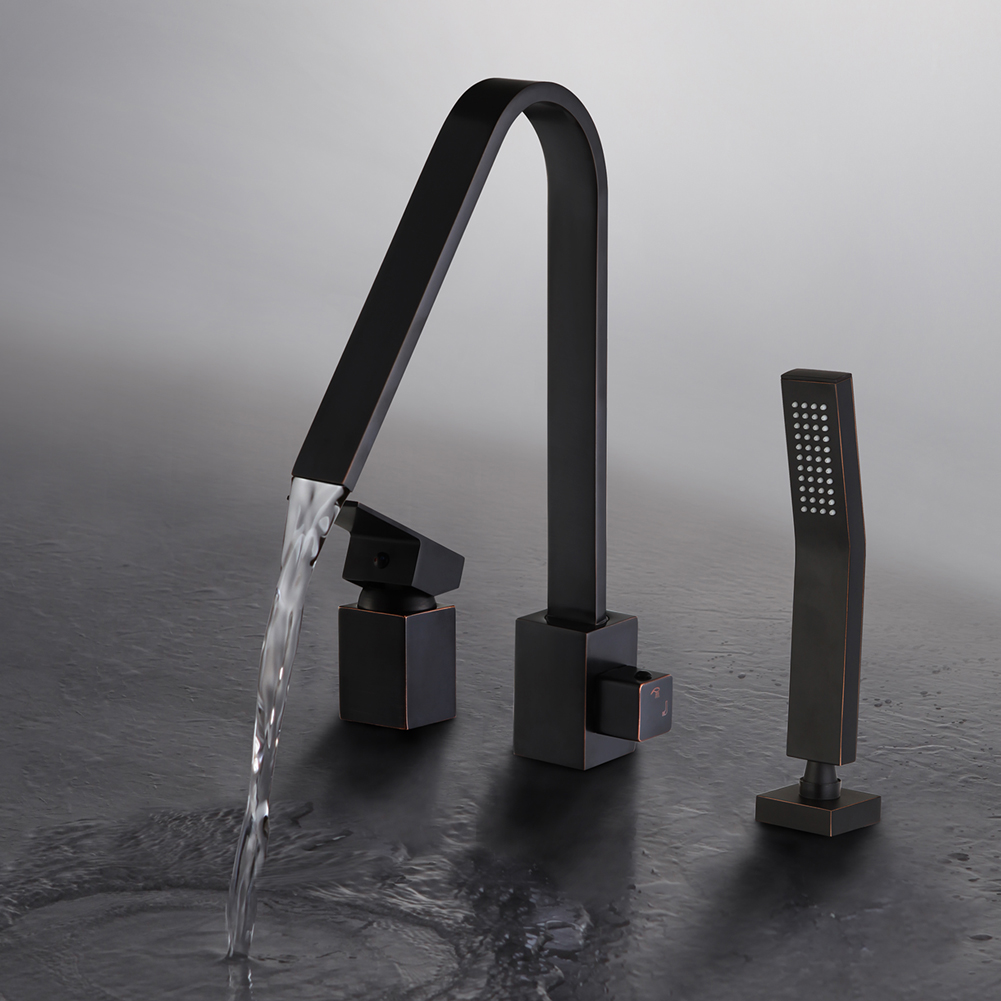
If your bathtub faucet is suffering from low water pressure, follow these steps to enhance the flow volume:
Step 1: Check the Water Supply: Ensure the water supply is on, and inspect pipes and connections for leaks.
Step 2: Clean the Aerator: Remove the aerator, soak it in a mixture of equal parts white vinegar and water for a few hours, and rinse thoroughly to eliminate debris or mineral buildup.
Step 3: Install a Flow Restrictor: Paradoxically, adding a flow restrictor can increase flow volume. Adjust or remove the flow restrictor to potentially improve water flow.
Step 4: Check the Valve: Confirm that the valve controlling flow isn’t partially closed, as accidental adjustments can reduce water flow.
Step 5: Clean or Replace the Cartridge: Clean or replace the cartridge regulating water flow, as it may become clogged or damaged over time.
Step 6: Check for Blockages: Remove the aerator (if applicable), soak it, and visually inspect the faucet for debris or blockages. Clean as needed.
Step 7: Upgrade Your Faucet: If your current faucet is outdated, consider upgrading to a newer, more efficient model designed for better water flow.
If issues persist, seek assistance from a professional plumber.
Key Takeaway
Regular cleaning and maintenance play a crucial role in optimizing water flow in your bathroom sink.
Over time, mineral deposits, debris, and sediment can accumulate, leading to clogged aerators and restricted flow.
By cleaning these components and addressing potential blockages, you ensure a steady and efficient water flow, enhancing your sink’s overall performance.
From cleaning aerators to adjusting flow restrictors, simple steps can transform a frustrating trickle into a refreshing flow.
